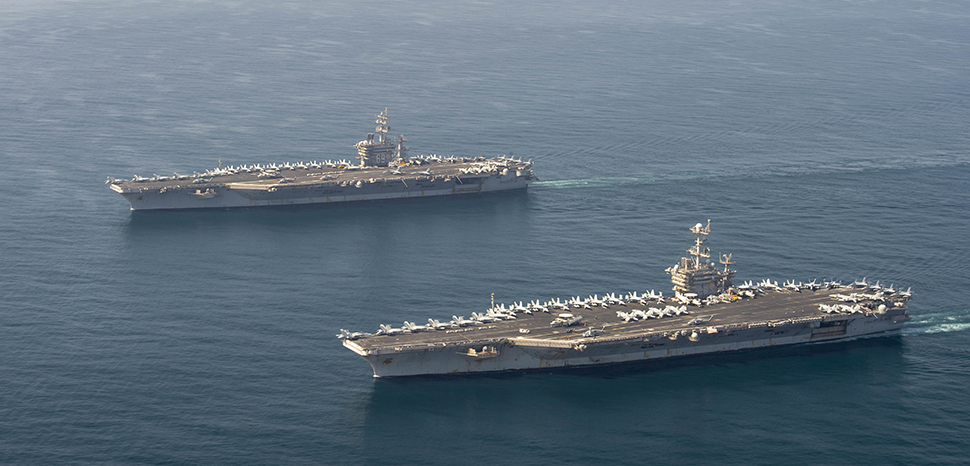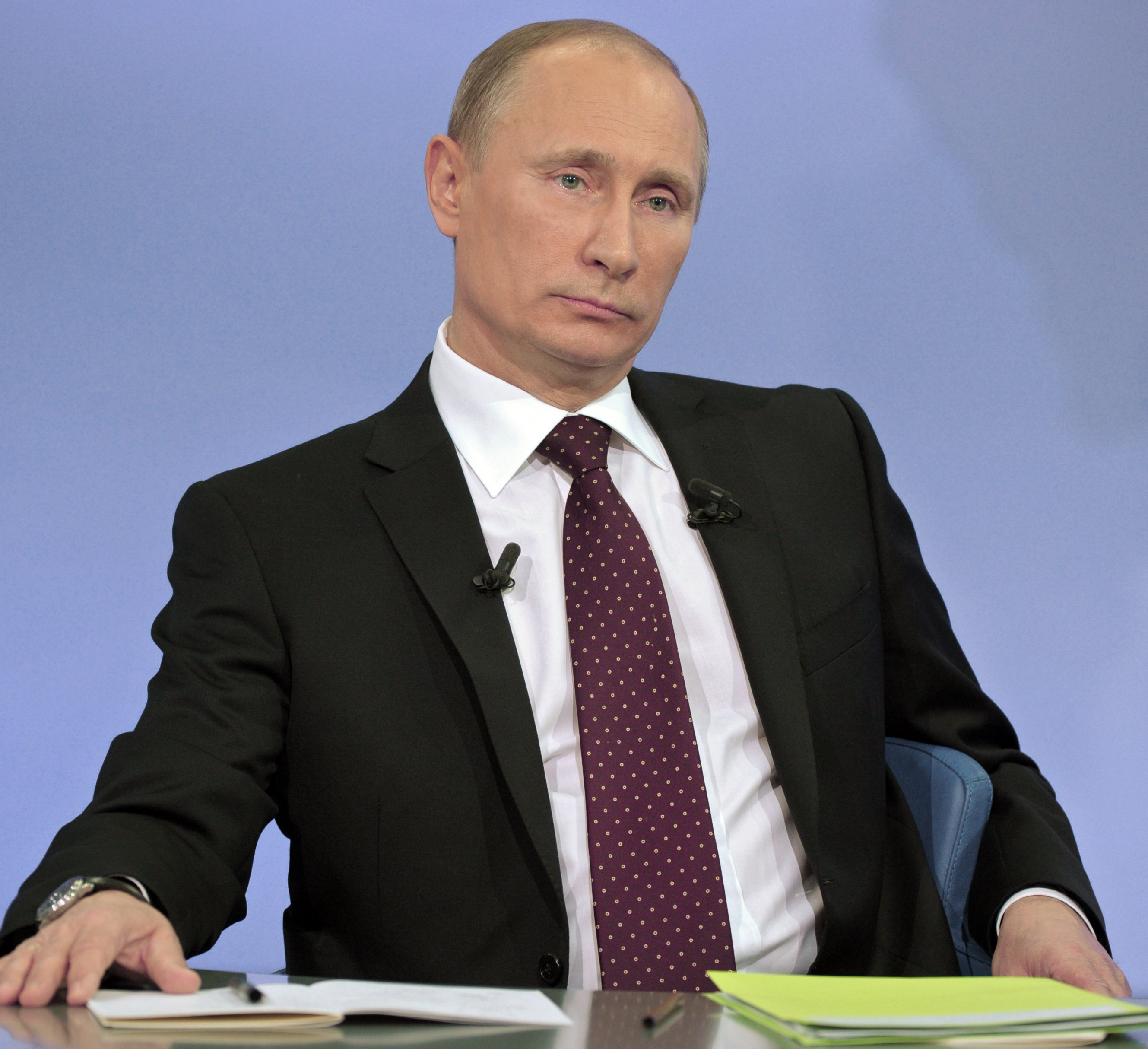Summary
Recent developments in the Persian Gulf, involving a provocative encounter between Iranian drones and the US Eisenhower Carrier Strike Group, have highlighted the complexity of naval operations in geopolitically sensitive regions. This commentary delves into the incident reported by The Defense Post, examining the implications of the United States’ restrained response. By opting for de-escalation, the US demonstrates a nuanced approach to regional tensions, reflecting a strategic balance between assertiveness and conflict avoidance in a landscape marked by historical rivalries and modern geopolitical challenges.
The Persian Gulf, a region of immense strategic significance and a hotspot of international tensions, recently witnessed a notable incident that encapsulates the delicate balance of power and the nuanced diplomacy required in modern naval operations. According to Naval Forces Central Command, on 27 November, Iranian drones flew over the US Eisenhower Carrier Strike Group as it navigated through the Persian Gulf. As per the Iranian naval commander’s statement, drones were deployed to surveil and subsequently challenge the US naval group, leading to a situation where American helicopters were reportedly instructed to land on the carrier deck. This move by the Iranian Revolutionary Guard Corps Navy, a provocative yet calculated gesture, tested the US reaction to a direct yet non-lethal confrontation. The US Navy’s response reflects strategic restraint, and the decision speaks volumes about the current state of US foreign policy and military strategy in a region riddled with historical complexities and contemporary geopolitical rivalries.
Analysis
The United States’ restrained response in the face of the Iranian drone challenge was not arbitrary. This restrained approach, particularly pertinent given the ongoing US commitments in Ukraine and its alliance with Israel, signals a shift towards a more measured and cautious posture in handling specific regional issues. The response could be attributed to concerns over escalating tensions, given the historical background of the Persian Gulf region and its potential international implications. Such strategic restraint might aim to avoid providing any pretext for conflict escalation to Iran or other regional actors. The incident reflects a shift in US foreign policy strategy in handling international crises. In recent years, the role of the US in international affairs has evolved from unilateral assertiveness to a more cautious and strategic diplomatic approach. This change is seen as an adaptation to the evolving landscape of international relations, showing an increased emphasis on multilateral cooperation and adherence to international norms.
The US Navy’s restrained action in the Persian Gulf has significant implications for future interactions between the US and Iran, as well as other regional countries. While it may not resolve deep-rooted disagreements, this approach opens avenues for de-escalation. The incident also has important implications for neighboring countries, especially US allies in the Middle East, such as Saudi Arabia and Israel. The show of restraint could be interpreted by these nations as a signal of US security commitments in the region. It might also influence their perception of US long-term regional strategy.
The US Navy’s action also has implications beyond the immediate US-Iran dynamic, influencing the perceptions of regional countries, particularly those closely watching US involvement in Ukraine and its support for Israel. Allies and adversaries alike may view this restraint as a recalibration of US military policy in the region, potentially affecting their calculations regarding future engagements with Washington. This episode serves as a critical indicator of the US’s current stance on military intervention and its approach to balancing various geopolitical interests.
Looking Ahead
Considering future directions, the US Navy’s display of strategic restraint in the Persian Gulf sets the tone for its future interactions with Iran and other regional states. While this restraint may be seen as a short-term strategy to avoid conflict, in the long term, the US needs to maintain its influence in the region while avoiding excessive provocations. This will require that Washington strike a balance between showing military strength and embracing diplomatic flexibility. Faced with a changing political environment in the Middle East, the US needs to adapt its strategy flexibly to address internal instability factors, such as Iran’s regional influence expansion, terrorism threats, and inter-country proxy conflicts. Additionally, the US must consider its global challenges, like strategic competition with China and Russia, engagements in Ukraine, and its alliance with Israel which will influence its military deployment and foreign policy in the Middle East.




